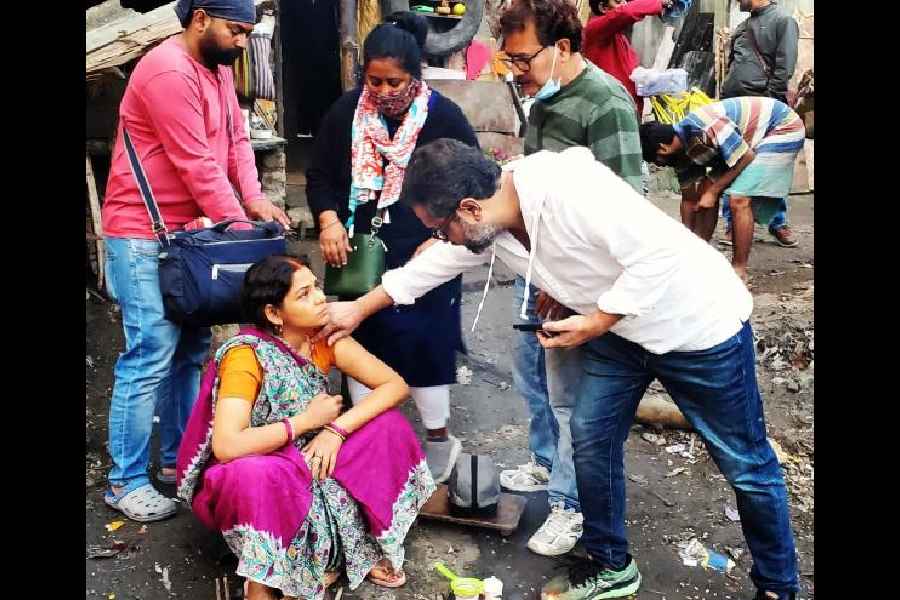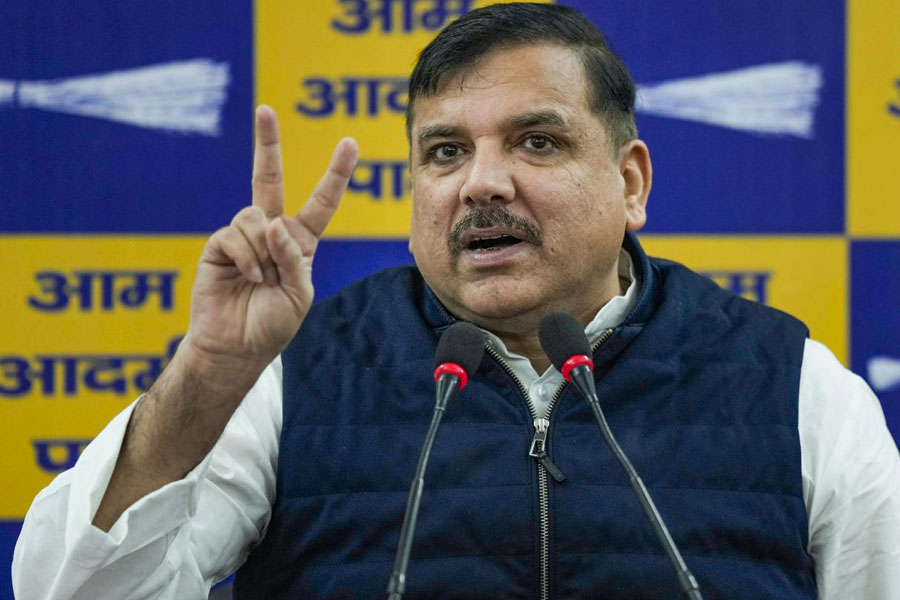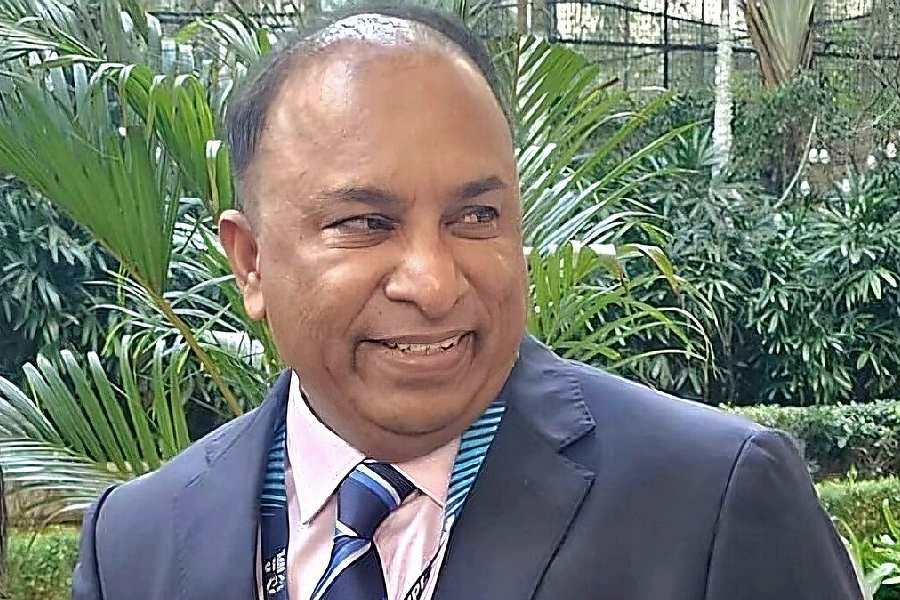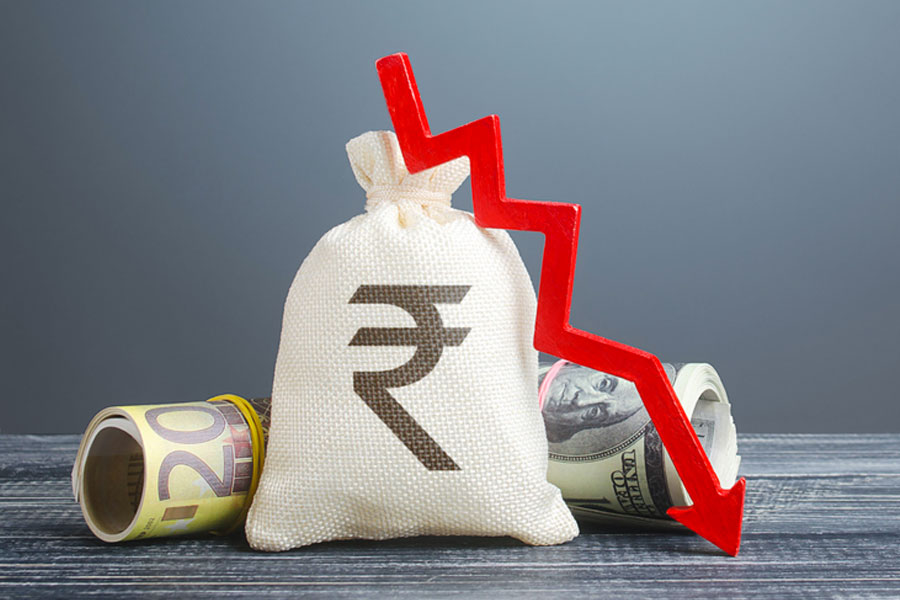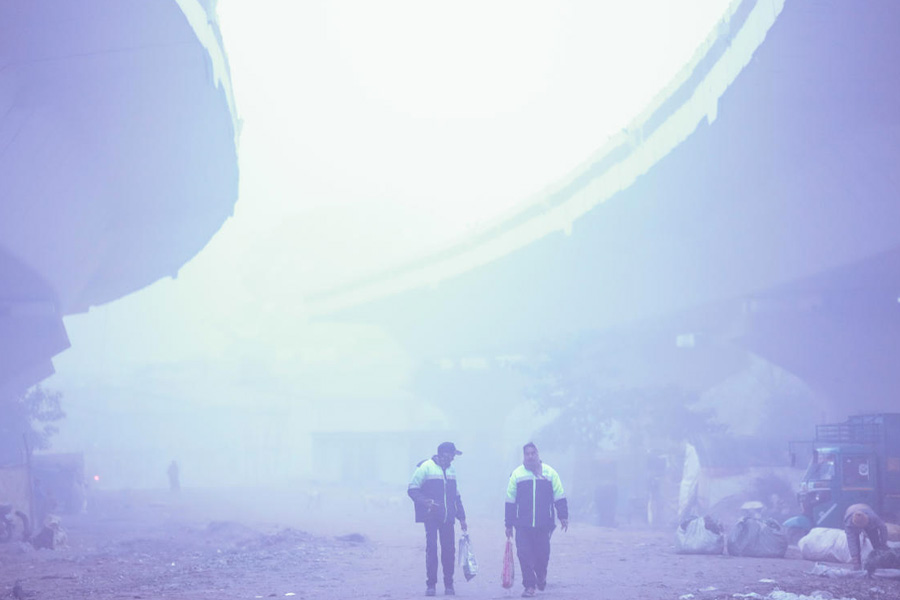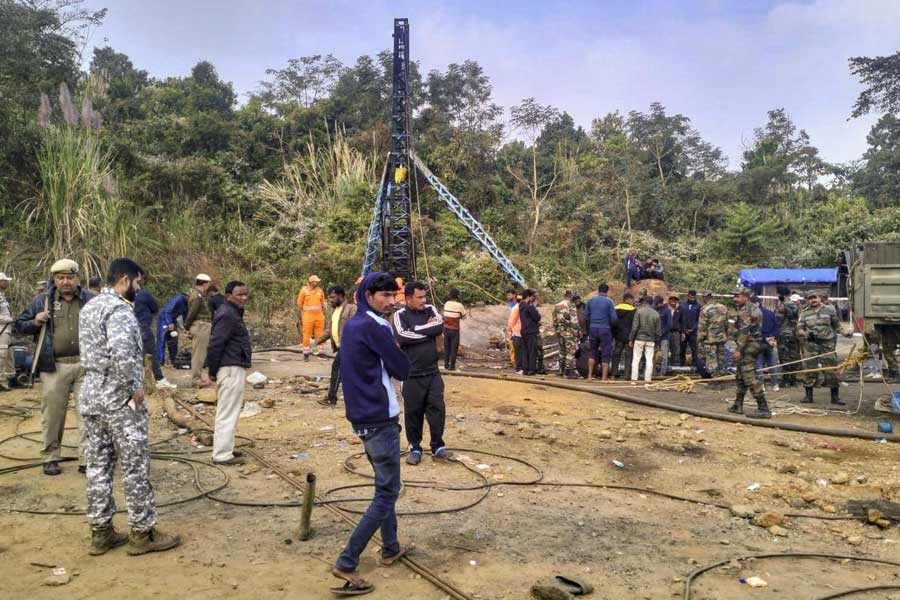Filmmaker Suman Ghosh’s The Scavenger of Dreams is all set to premiere at the 28th Busan International Film Festival on October 5. The experimental film, in Hindi, which stars Sudipta Chakraborty and Shardul Bharadwaj, takes a look at the lives of waste collectors, their dreams and aspirations. Before he headed off to Busan, Ghosh — who teaches economics at the Florida Atlantic University when he isn’t passionately making films — chatted with t2.
How did the idea of The Scavenger of Dreams come to you?
I got it from an article in The New York Times which had come out about five-six years ago. It was about a waste collector in Silicon Valley who collects waste from the houses of billionaires. I was fascinated by the article and especially by the headline which said that what could be trash for someone would well turn out to be treasure for someone else. This waste collector would gather garbage from the houses of people like (Meta founder) Mark Zuckerberg, but he wouldn’t sell it.
Through this story, I found an interesting connection between the richest strata and the lowest strata of society. My film is about this fantasy that the family of a waste collector has through the garbage that they collect. They imagine the lives of the rich and wealthy through their garbage.
When an idea comes to me I let it germinate within me. If it stays on for a year or two, then I decide to make it into a film. And then the research started. I started the research almost four years ago. But I didn’t know the world at all, I had no idea who collected garbage from my house. I went out, met them, and made friends with them and slowly the story and the characters started taking shape in my mind. The idea to name it The Scavenger of Dreams came from (filmmaker) Aditya Vikram Sengupta.
Were the waste collectors open to sharing their stories?
Initially, they would interact with me pretty suspiciously. But onek din adda maarte maarte, they started getting comfortable with me and an assistant who would accompany me. Gradually, I took my DoP (director of photography) and my actors to meet them. That’s why we needed this gestation period.
This is an essential and yet unseen, subaltern section of society. What were your biggest learnings from interacting with these ragpickers?
I feel that filmmaking is an act of empathy. When I make films about different periods in history and about different characters, I live those lives vicariously. I learnt that these ragpickers only earn about Rs 200 a day. I wanted to know what their dreams are, and what do they want their children to grow up and become. Most of us turn a blind eye to them and their lives. This experience of getting to know them was very cathartic for me. To live life within such limited means and yet be happy in their own way... that was a big learning for me.
Did this story first speak to you as a filmmaker or as a professor of economics?
I think the two are related. I would dedicate my film to Mrinal Sen since it is his 100th birth centenary this year. There are several reasons for that. I personally think that he had represented the subaltern class so effectively in many of his films... the ‘other’ which is almost getting obliterated from our cultural space, in Bengali cinema and elsewhere. During the pandemic, I had the time and opportunity to go back and watch his films.
Not only Sen, but there were others also. For example, think of Goutam Ghose’s Paar. I understand that the demands of the market are dictating the subject matter today but Sen was consistently so passionate about sticking to what he believed.
Also, in terms of cinematic style and language, he experimented so much. Similarly, in our film, we experimented a lot in terms of style and cinematic language. We also shot in guerrilla-style and with only two actors (Sudipta Chakraborty and Shardul Bharadwaj) and a mostly non-professional cast, including real waste collectors. Mrinal Sen’s films consistently made it to the top film festivals of the world. We are also humbled by the fact that we could take our story of a waste collector from Calcutta to one of the top film festivals in the world.
It’s interesting you asked this question. I work in developmental economics and my work is a lot on inequality, poverty and I have done research work in economics which talks about modernisation and globalisation and how there is a section of society which is simply getting drained away and how we need to think of helping them... training them, retooling them.... This is an issue that I have grown up with as an economics student and researcher. Subconsciously, while making this film, all these elements — Mrinal Sen, Amartya Sen — merged together.
Would you call this one of your most experimental projects yet?
In many ways. We didn’t have a script for the film. I wanted my actors to get submerged in their characters. Sudipta and Shardul went from house to house and collected waste themselves. I made them sit and talk to these waste collectors and glean information about their lives, which is there in the film. I would tell them to chat organically and whatever would emerge would ultimately turn out to be a scene. My actors, of course, would have to drive the scene but I didn’t want to restrict them with dialogue.
It must have been tough to shoot this given that you only had two proper actors on set and the rest were real-life ragpickers....
Yes, it was. If we made them conscious that the camera was on them, I wouldn’t have got real performances from them. I would look for some triggers. For example, if I knew that a particular waste collector was experiencing something disturbing in his personal life, I would ask Shardul to bring it up and see how he reacted. Doing this, I managed to get a lot of emotions out of them. No filmmaker could have been able to script all that.
When I started this film, there was the constant apprehension that this may go nowhere. I told my DoP that he would have to be a fly on the wall. As a result, the film is a hybrid between a feature film and a documentary. The genre of the film is also an experiment. That was tough, but it was also the excitement of this project.
I do two kinds of films. One is the big-budget films with big names. Those are more controlled, scripted projects. But with these kinds of films — The Scavenger of Dreams, Peace Haven, Shyamal Uncle Turns Off the Lights — I can experiment. These are small-budget films with a commune filmmaking feel. All of those who worked with me on The Scavenger of Dreams bought into this idea wholly, though I didn’t even know whether it would finally translate into a film. We wanted to give it an honest try and see where it goes.
What does getting to premiere this film at the Busan International Film Festival mean to you?
I have been to Busan four times before this. A lot of film festivals around the world have become a lot about glamour. Busan, despite having one of the best red-carpet showings in the world, still retains its emphasis on films. It is the biggest in Asia and one of the top five festivals in the world.

